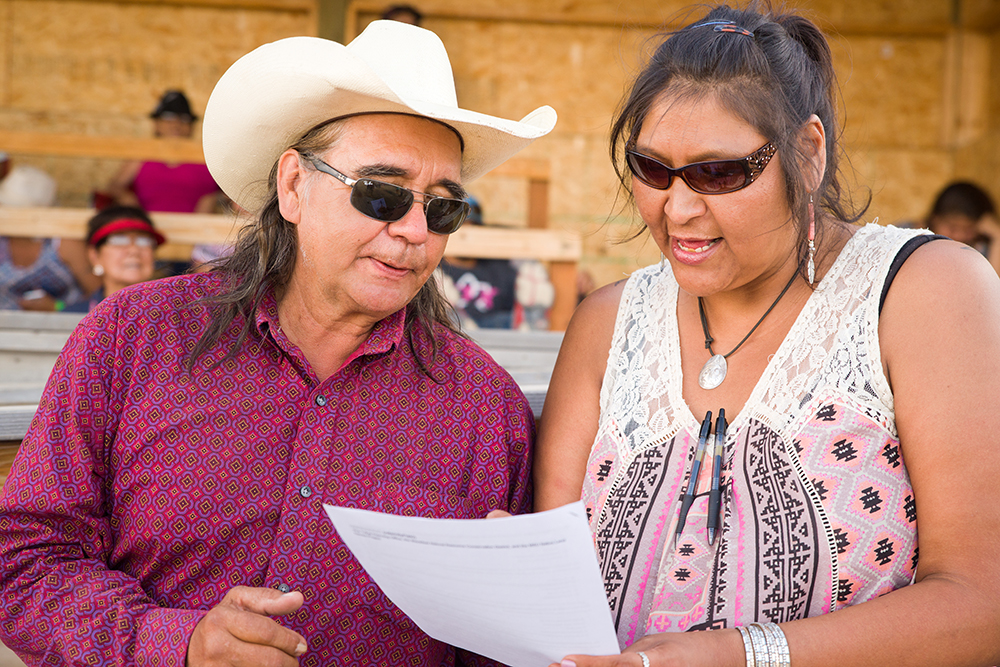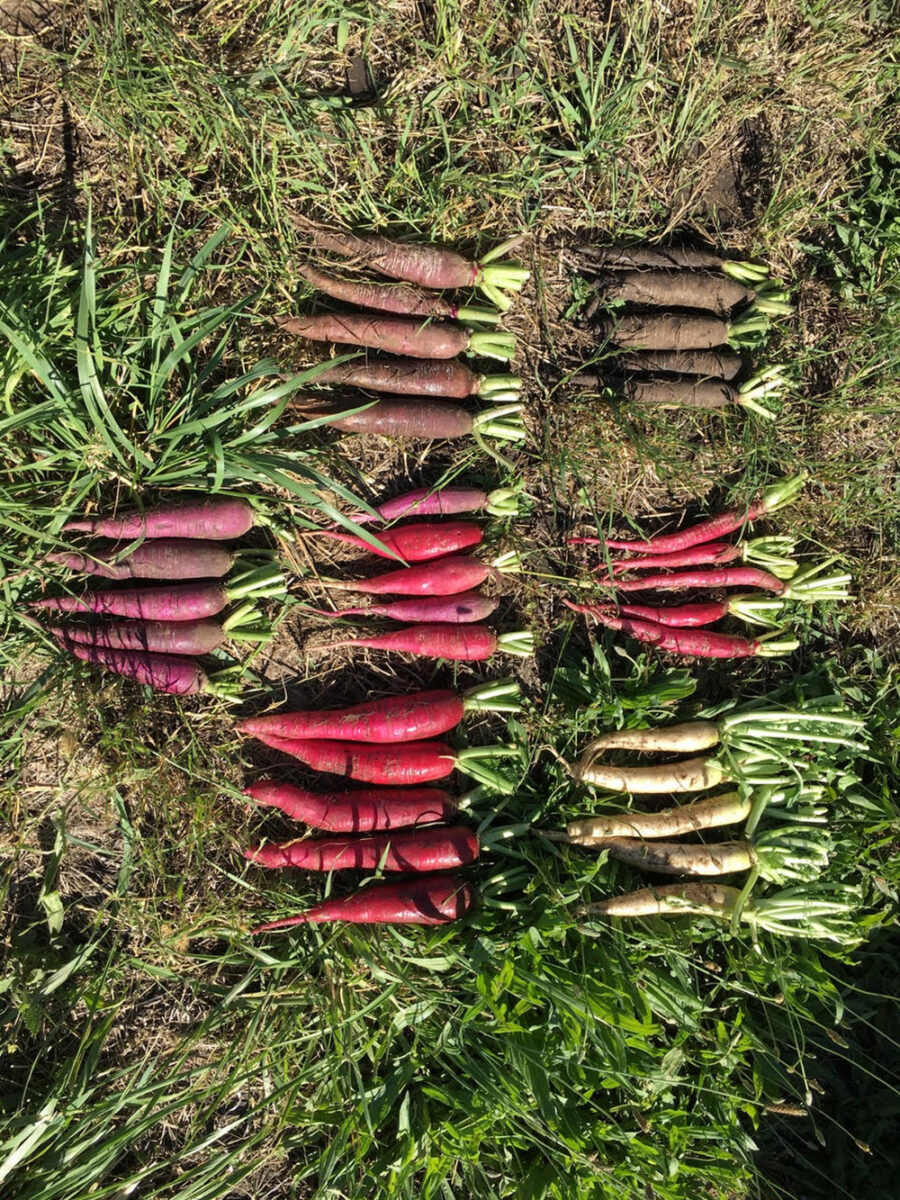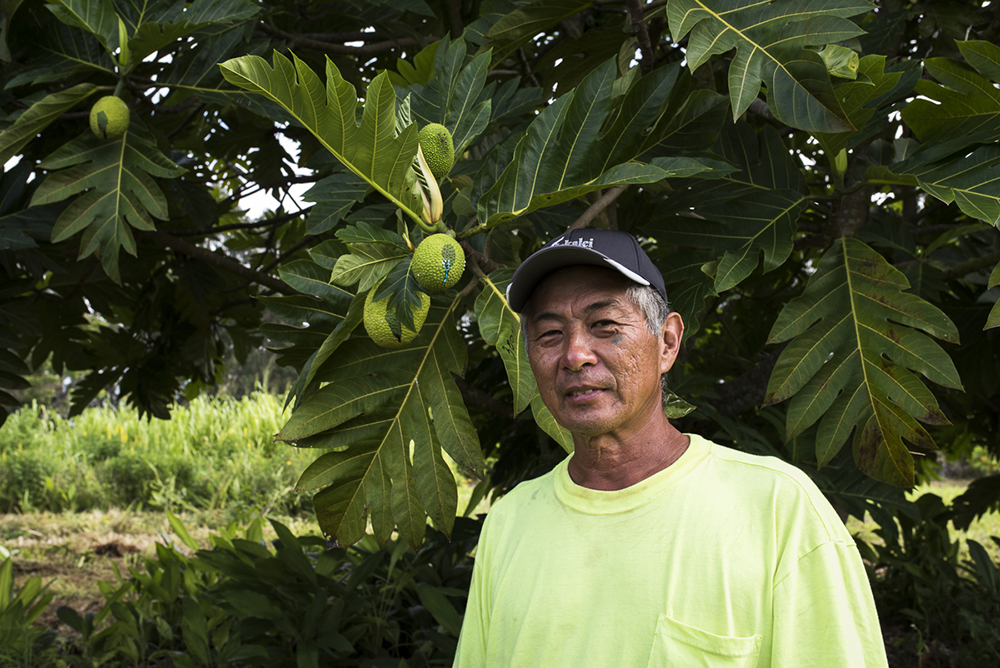Recent Highlights from the Western Region
- In 2020, Western SARE developed the Sabbatical Research and Education grant program. Sabbatical grants provide an opportunity for faculty from around the world to partner with Western region farmers, ranchers, agricultural professionals and researchers to exchange ideas and work on topics of mutual importance. Projects focused on unexplored topics in underserved communities and understudied geographic locations are of special interest.
- To better understand information gaps and future directions for research and outreach efforts related to sustainable agriculture in our region, Western SARE released a call for proposals seeking applicants to conduct a needs assessment with Extension educators and NGOs. We are working with Drs. Alexa and Kevan Lamm, professors of agricultural leadership, education and communication at the University of Georgia, and plan to have the resulting report out by March 2022.
- Western SARE regularly publishes a series of how-to “Quick Guides” with the goal of getting project results into the hands of farmers and ranchers quickly and in an easily accessible format. These two-page guides distill information from Extension and researchers into a short, easy-to-digest format. They are intended to supplement the more extensive publications.
Total Grant Awards, 1988-20211
1,439 Grants

$80 Million

Grant Proposals and Awards 2020-2021
| Grant type | Preproposals Received2 | Full Proposals Invited | Full Proposals Received | Proposals Funded | Funding Total |
| Research and Education | 214 | 62 | 62 | 19 | $6,545,478 |
| Professional Development Program | N/A | N/A | 53 | 18 | $1,458,795 |
| Farmer/Rancher | N/A | N/A | 52 | 31 | $656,225 |
| On-Farm Research/Partnership | N/A | N/A | 44 | 16 | $918,793 |
| Graduate Student | N/A | N/A | 52 | 27 | 664,084 |
| Research to Grassroots | N/A | N/A | 21 | 14 | $880,310 |
1These totals exclude additional direct funding given each year to Cooperative Extension in every state to support state-level programming on sustainable agriculture.
2The use of a preproposal process varies by region. It serves to screen project ideas for the larger and more complex grant programs, and to reduce applicants' proposal preparation burden as well as the proposal review burden for SARE's volunteer reviewers.
Trainings Support Tribal Management of Blackfeet Nation’s Agricultural Strategic Plan
The Challenge
The Blackfeet Nation in northwestern Montana is home to nearly 7,000 registered members of the Blackfeet Tribe. It encompasses an area of 1.5 million acres, much of which is used for farming and ranching. The Blackfeet Agricultural Resource Management Plan (ARMP), a recent tribal undertaking, is an ambitious strategic plan focused on the “utilization, protection, conservation and restoration of agricultural lands for the benefit of the Blackfeet people and future generations.” The ARMP is set to change not only agriculture on the Blackfeet Nation but also the economic futures of nearly 500 producers and their families. In the past, many tribal programs heavily relied on outside, contract-based professionals to carry out projects such as the ARMP. These temporary solutions have hindered the development of the professional capacity of tribal employees.
By building capacity internally, the Tribe can ensure the success of projects managed by dedicated professionals who are attuned to realities on the reservation: cultural, political, climatic or otherwise.”
Loren BirdRattler, ARMP project manager
The Actions Taken
After securing a SARE Professional Development Program grant, Loren BirdRattler set to work building internal capacity for the implementation of the ARMP by professionalizing the current workforce through classroom and field courses, as well as through attendance at professional conferences. He then focused on developing an Extension sponsored, train-the-trainer series on sustainable agriculture that will benefit the full ARMP team and producers.
Before the project team built the training program, they communicated with stakeholders including agricultural producers and those working in grocery stores, schools and food transportation. That feedback ensured everyone had a place in the planning efforts. “Ideally this project will become a framework for continual training in a variety of agricultural subjects of importance,” says BirdRattler.
The Sustainable Agriculture Train-the-Trainer course topics included soil integrity, tribally sanctioned water use, and pest and weed management techniques that don’t further soil or water degradation. Project management software and GIS were integrated into the curriculum to allow for more effective planning and evaluation. Training young ag professionals was particularly important, as they will carry on the vision of the Blackfeet Tribe for years to come.
The Impacts

Funding from the SARE grant allowed for tribal employees to attend and present at more than 50 new venues. Specific impacts include:
- Spreading the word: By attending agricultural conferences and meetings, program staff were able to share progress updates and offer information on how the ARMP was developed within the Blackfeet tribal community.
- Practical training: Train-the-trainer participants learned about the Food Safety Modernization Act and how it applies to commercial food production within the Nation, as well as about biological invasive species management and mitigation.
- Significant outreach: More than 500 agricultural professionals learned of the ARMP methodologies and implementation strategies through conferences and meetings.
Learn more: See the related SARE project EW18-027.
Seed Production in Southern Oregon has a Promising Future
The Challenge
Southern Oregon has a climate well suited for seed production, and there are already more than a dozen farmers in the area who are selling commercial seed on contract for regional, national and international seed companies. But growing seed is a complex venture with its own set of challenges, and those who want to get started in it need proper training and education. Though the region has the potential to become an organic seed production hub, farmers interested in the industry need to learn how to do it well.
Students appreciated the season-long series of classroom discussions and hands-on field training. Growing a seed production garden from start to finish, and observing the changes, concepts and work that occurred along the way, provided a thorough understanding of the seed production process.”
Sebastian Aguilar, Chickadee Farm and Organic Seed Alliance
The Actions Taken
A SARE Professional and Producer grant project led by Oregon State University (OSU) Extension Agent Maud Powell aimed to increase the number, capacity and success of organic vegetable seed producers in southern Oregon. The project team offered a training course, “Growing Seed Agripreneurs,” at the OSU Southern Oregon Research and Extension Center (SOREC) and conducted research on the barriers and challenges to creating a regional market for local seed producers. The course, which was offered to both beginning and established farmers interested in growing seed, consisted of weekly meetings over the course of seven months. The 29-class curriculum covered topics including the planning, field preparation, growing, harvesting and cleaning of seed crops, as well as seed business and marketing concepts. Six field trips to local seed farms were included, and participants also planted and maintained an organic seed garden of market crops, all of which were harvested, threshed and cleaned by the group. Two half-day workshops open to anyone interested in seed production were held at a nearby farm with a focus on seed cleaning and equipment.
The second part of the project involved research into developing a market for local seed producers. The project team surveyed 15 seed producers and produce farmers to gather opinions on seed production and purchasing issues including quality, customer service, genetics and financial concerns. Possible solutions were identified that would increase regional producer interest in locally grown seed: demonstrating good quality through germination and disease-testing reports, offering direct sales and shipping to local growers, and offering varieties that meet the needs and criteria of growers.
The Impacts

Ten farmers completed the extensive training course that set them up for a potential future in organic seed production. Specific impacts include:
- Onsite learning: 39 people attended the workshops, which guided attendees through the seed harvesting and cleaning process.
- Identifying the best seeds: A variety trial during the project compared the quality of local and national seeds, and results were shared online for producers in southern Oregon.
- Local market potential: Feedback from the research shows if barriers are overcome, a market for locally grown organic seeds may succeed.
Learn more: See the related SARE project OW17-008.
On-Farm Assessments Provide Data on Improving Breadfruit Production
The Challenge
Breadfruit offers many ecological, social and economic benefits for Hawai’i. As one of the few staple, carbohydrate-rich foods that grows on a long-lived tree, breadfruit has the potential to transform food security in the tropics. Hawai’i has a long history with breadfruit based in indigenous and local knowledge, particularly with growing the high-yield crop in diversified agroforestry settings. Today, farmers produce breadfruit using a variety of approaches, including modern systems with minimal biodiversity and high inputs, traditional systems with high biodiversity and low to no inputs, and systems in between. With demand for breadfruit increasing, there’s a need for on-the-ground research that helps farmers weigh the pros and cons of different production practices so they can make informed decisions that improve the sustainability of their operations.
Our online community, which started with only 24 local producers, has grown to represent nearly 400 local farmers and another 500 farmers from the tropics around the world, all sharing their issues and solutions with each other.”
Noa Lincoln, University of Hawai’i at Mānoa
Actions Taken
A SARE Research and Education grant led by Noa Lincoln at the University of Hawai’i at Mānoa set out to answer some of the basic production questions posed by growers. The team partnered with 43 farms across four islands to visit and assess growing practices, soil health, tree health, foliar nutrition and fruit quality. The site visit with each participant yielded an individualized report, which then allowed for comparison of all of the participating farms. “This was a very important baseline,” Lincoln indicates, “because the breadfruit industry is still in its infancy, and there is a great opportunity to develop good, sustainable practices as the norm from the very beginning.” In addition to providing assessment and feedback to the growers, Lincoln and team also worked to help facilitate farmer-to-farmer sharing.

The Impacts
Data generated from the study laid an essential foundation for understanding breadfruit orchard management in Hawai’i. Specific impacts include:
- Better nutrient management: Data from the assessments provided the first research-backed guidance for nutrient management and foliar nutrient evaluation, which will improve overall management and has already demonstrated higher yields on several farms.
- A changing approach: Results showed that visual assessment of breadfruit trees—the previous standard—offered a poor indication of health and productivity. The best way to assess foliar nutrients was to test the plant petiole rather than the leaf itself.
- New educational materials: This project yielded new, printed guidance on breadfruit pruning, nutrient management, and propagation and postharvest handling that was offered to growers as Extension publications.
Learn more: See the related SARE project SW17-050.



